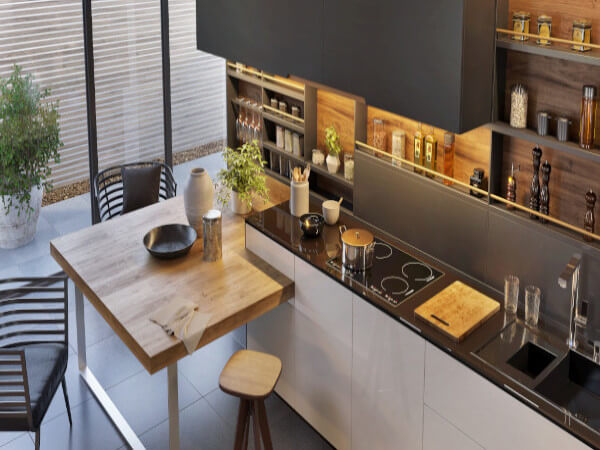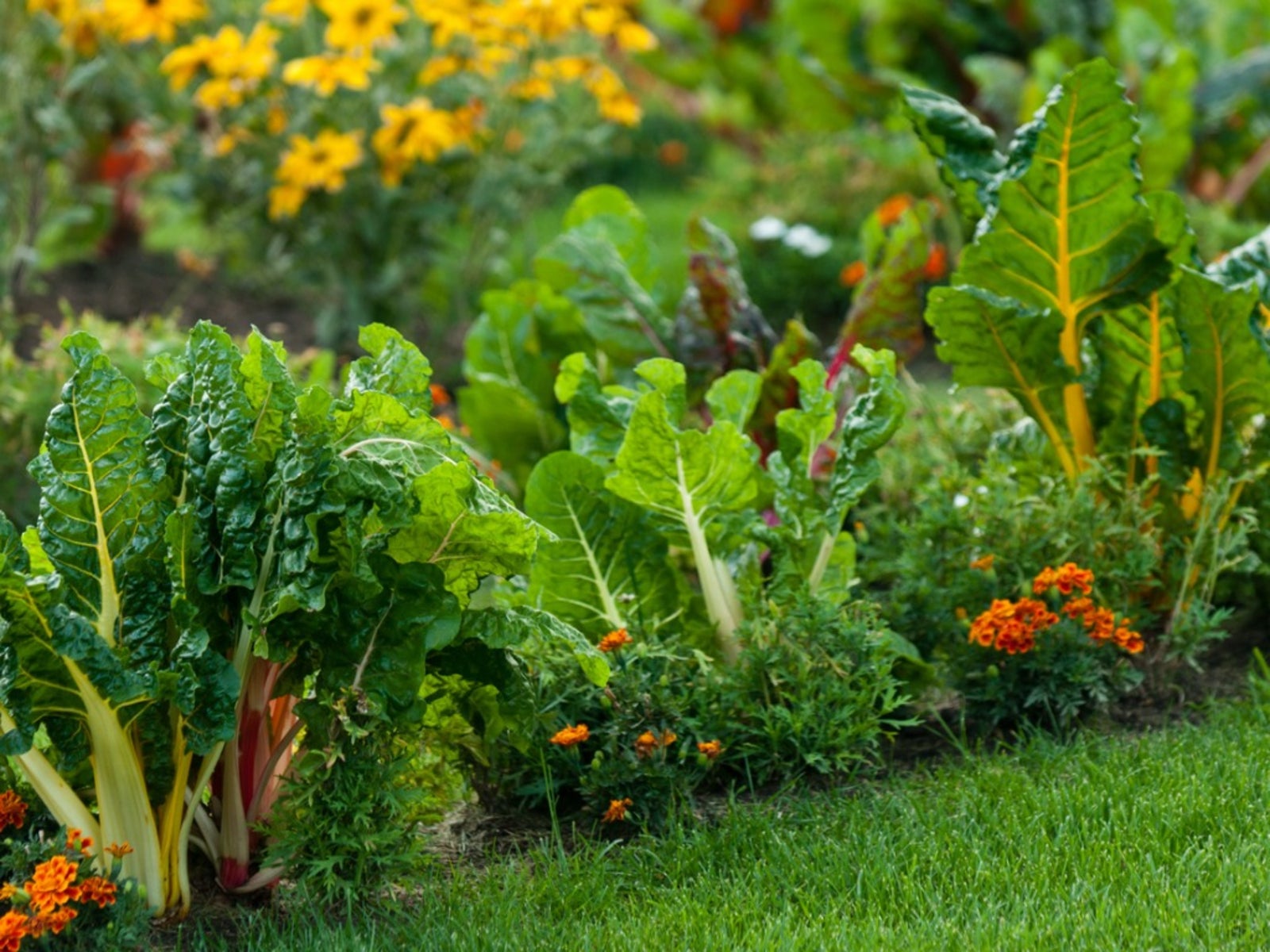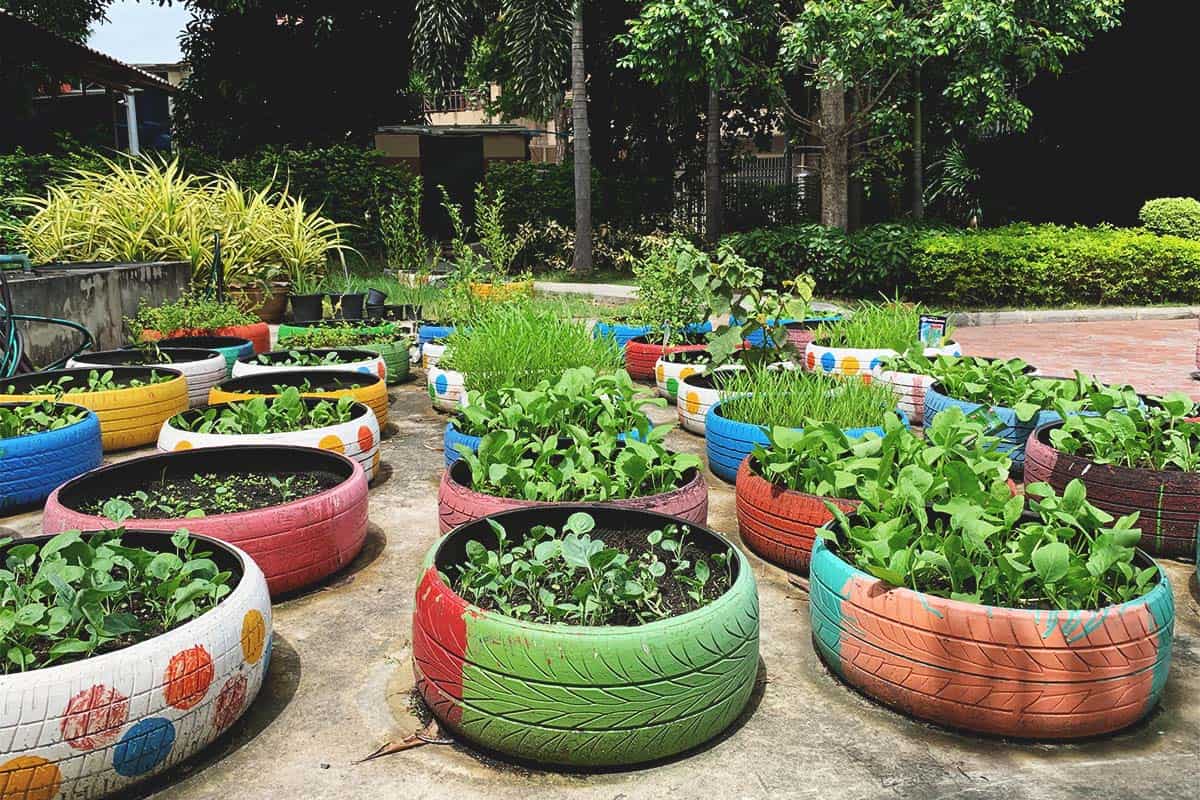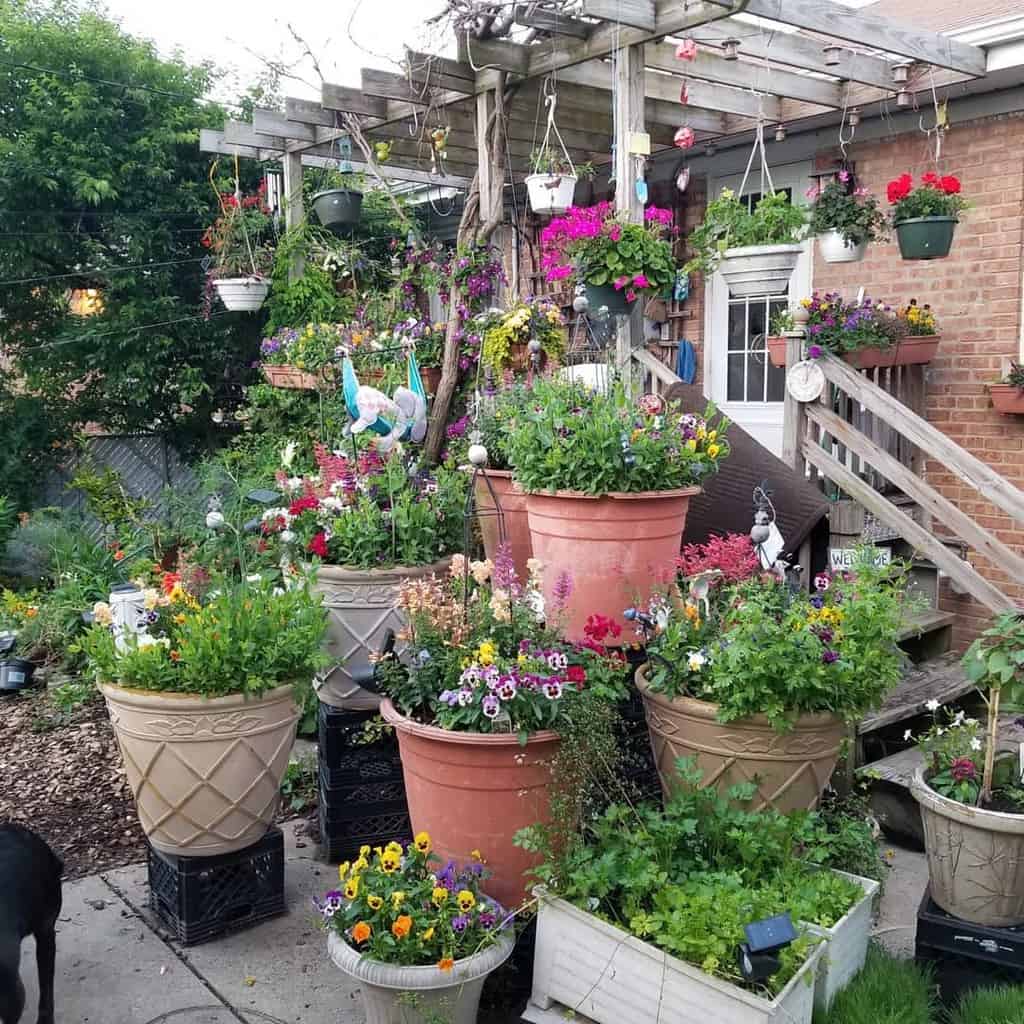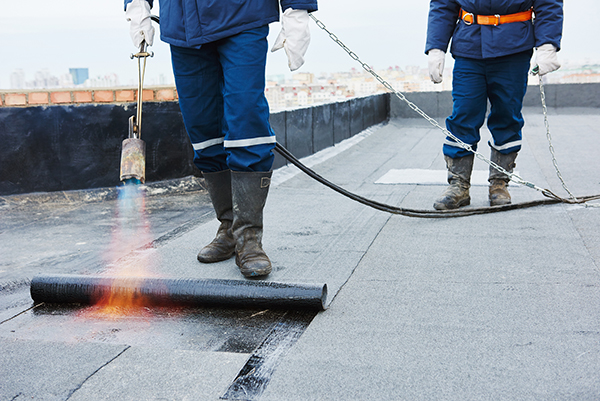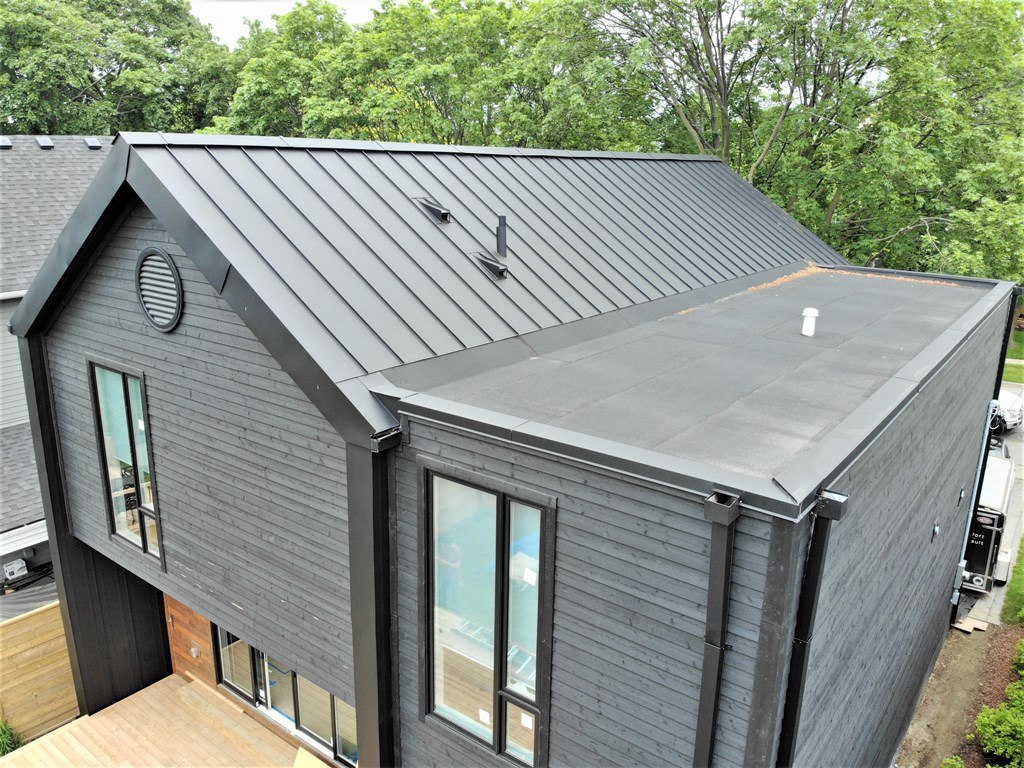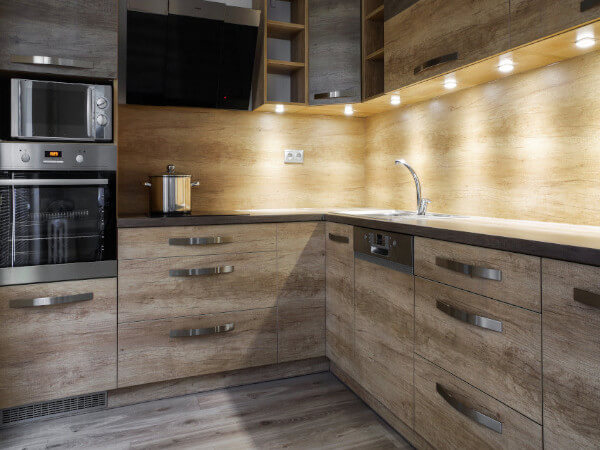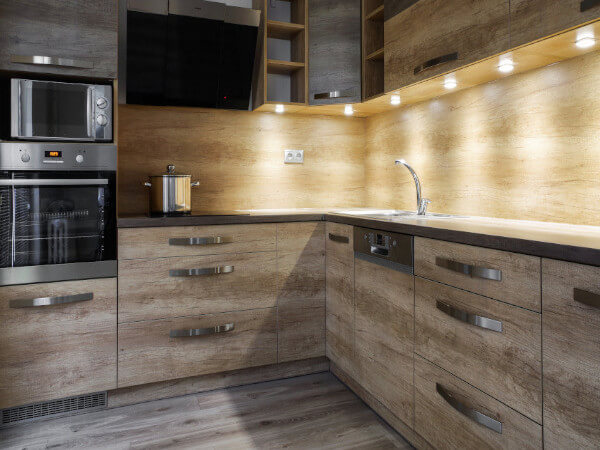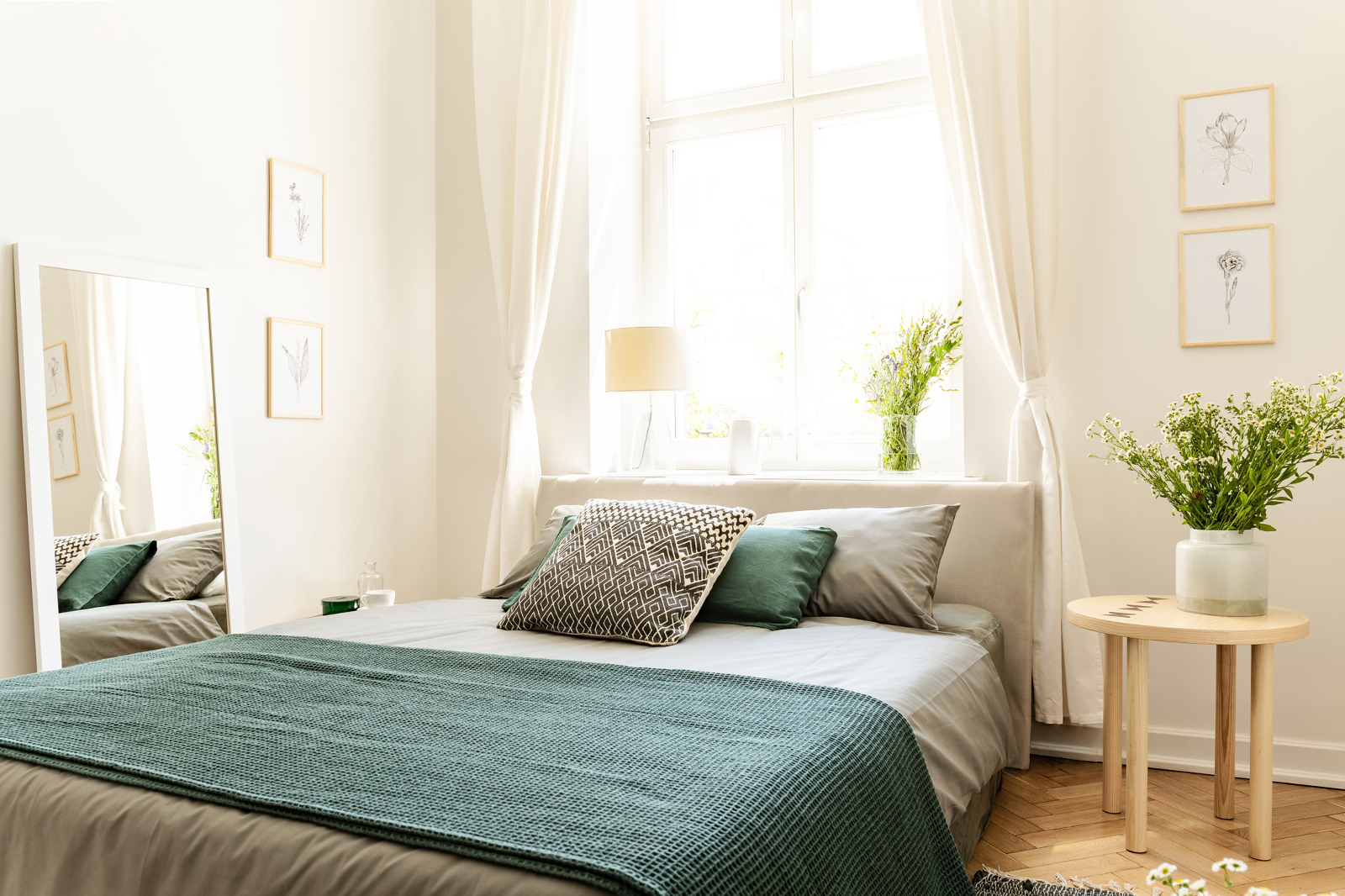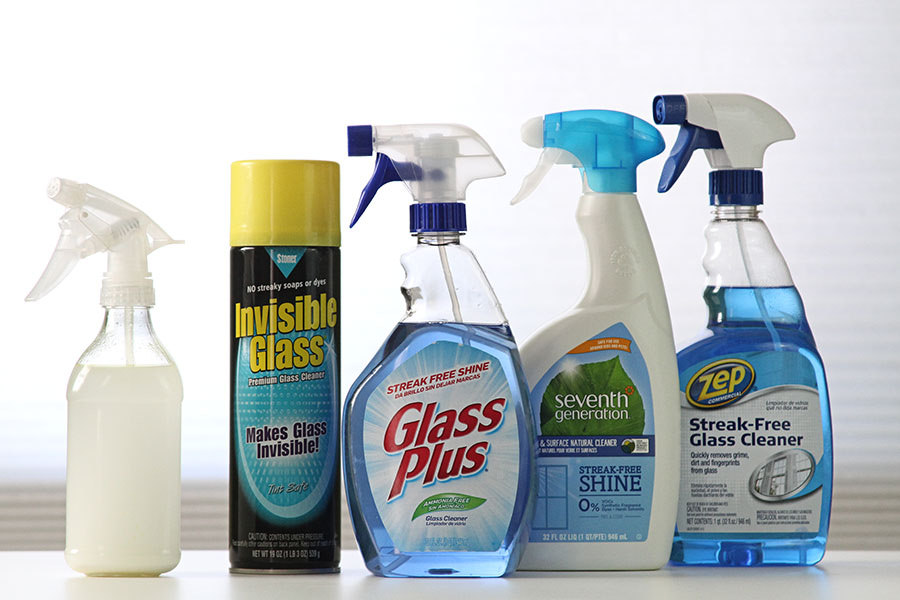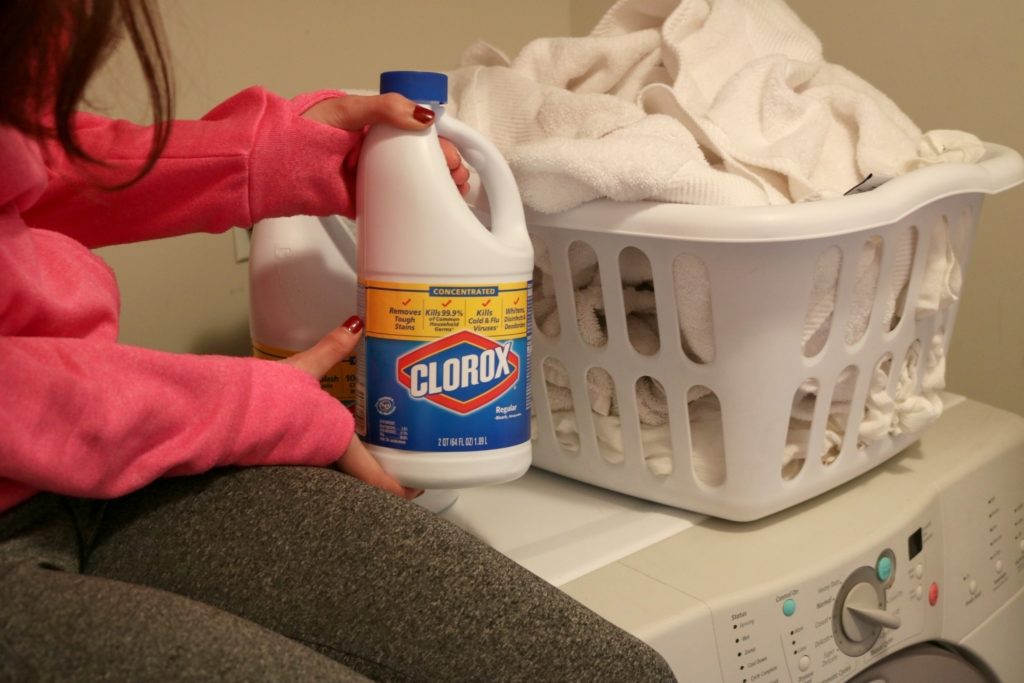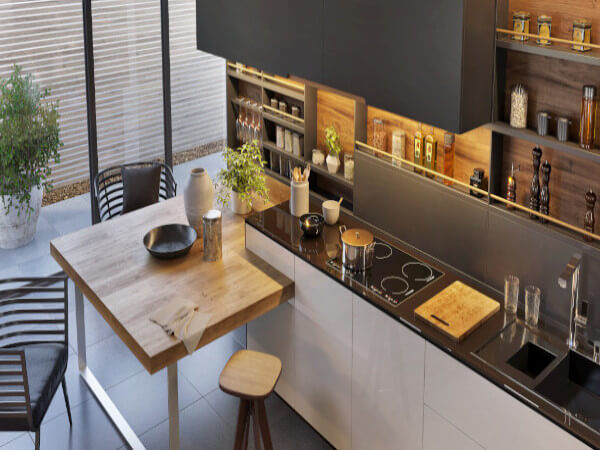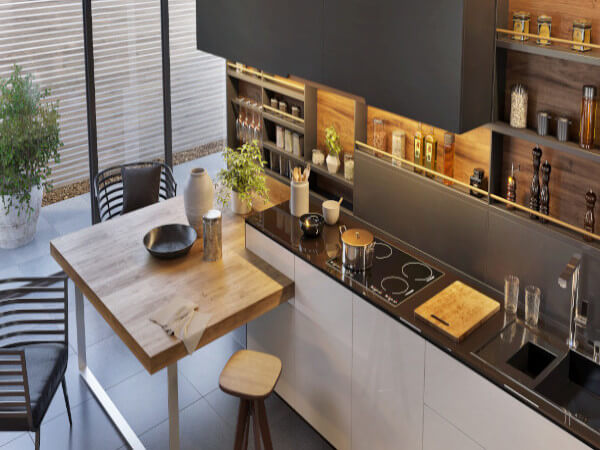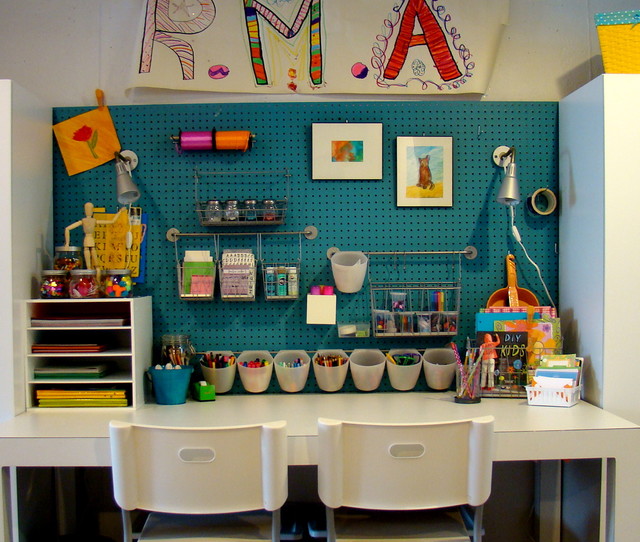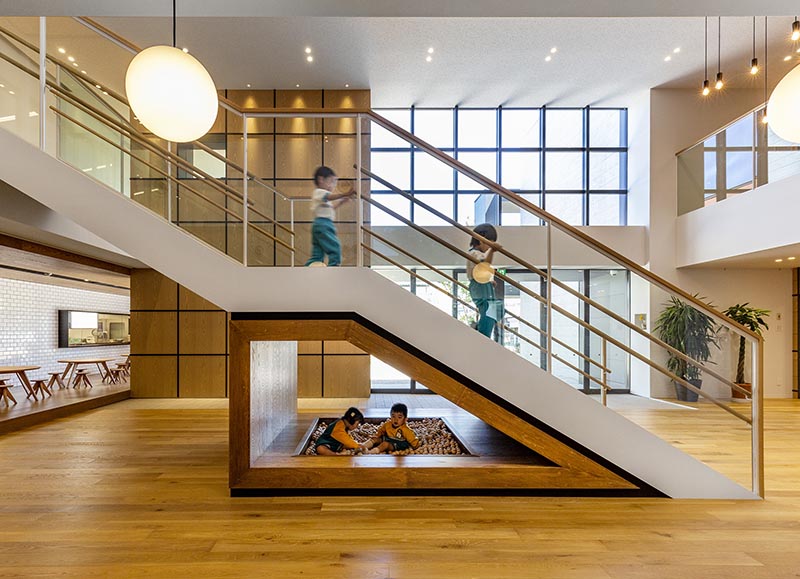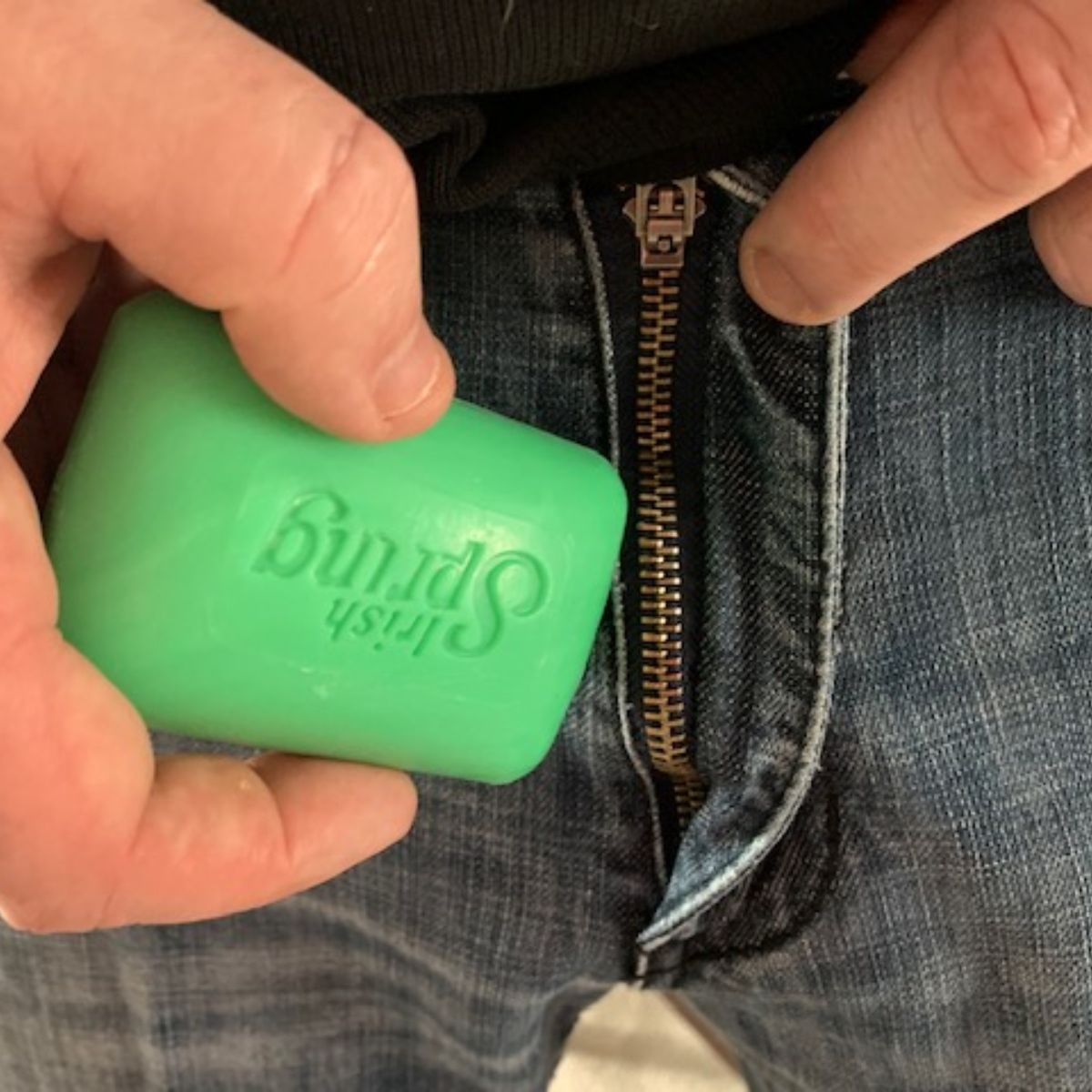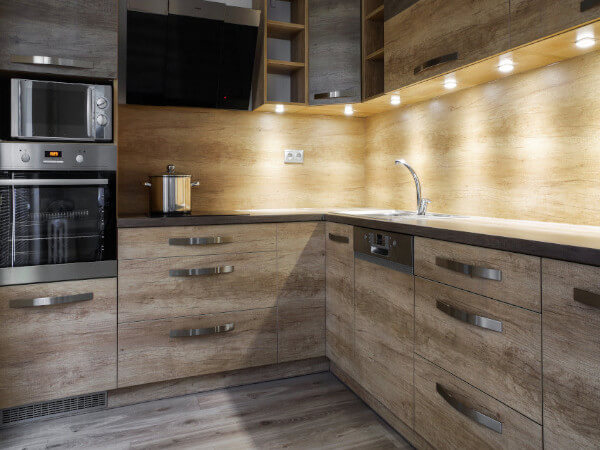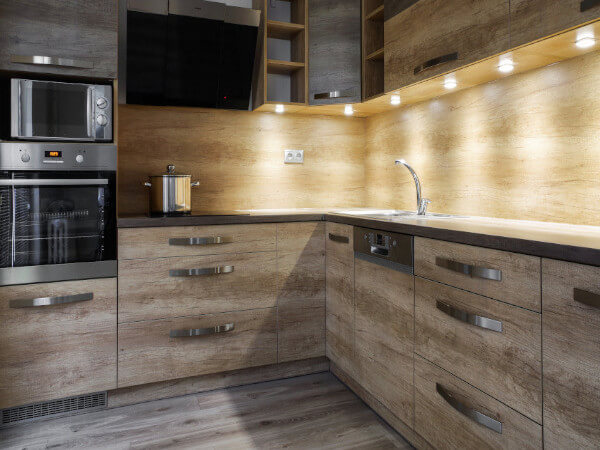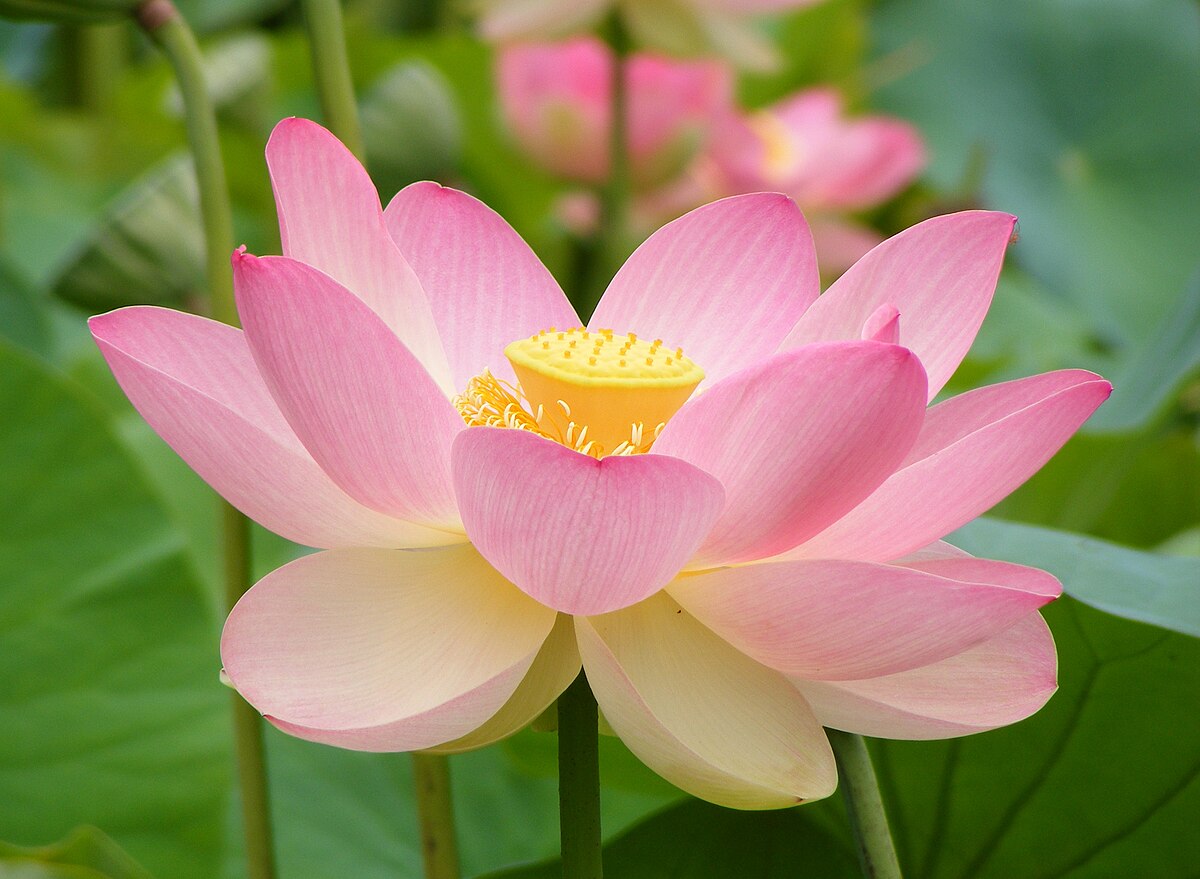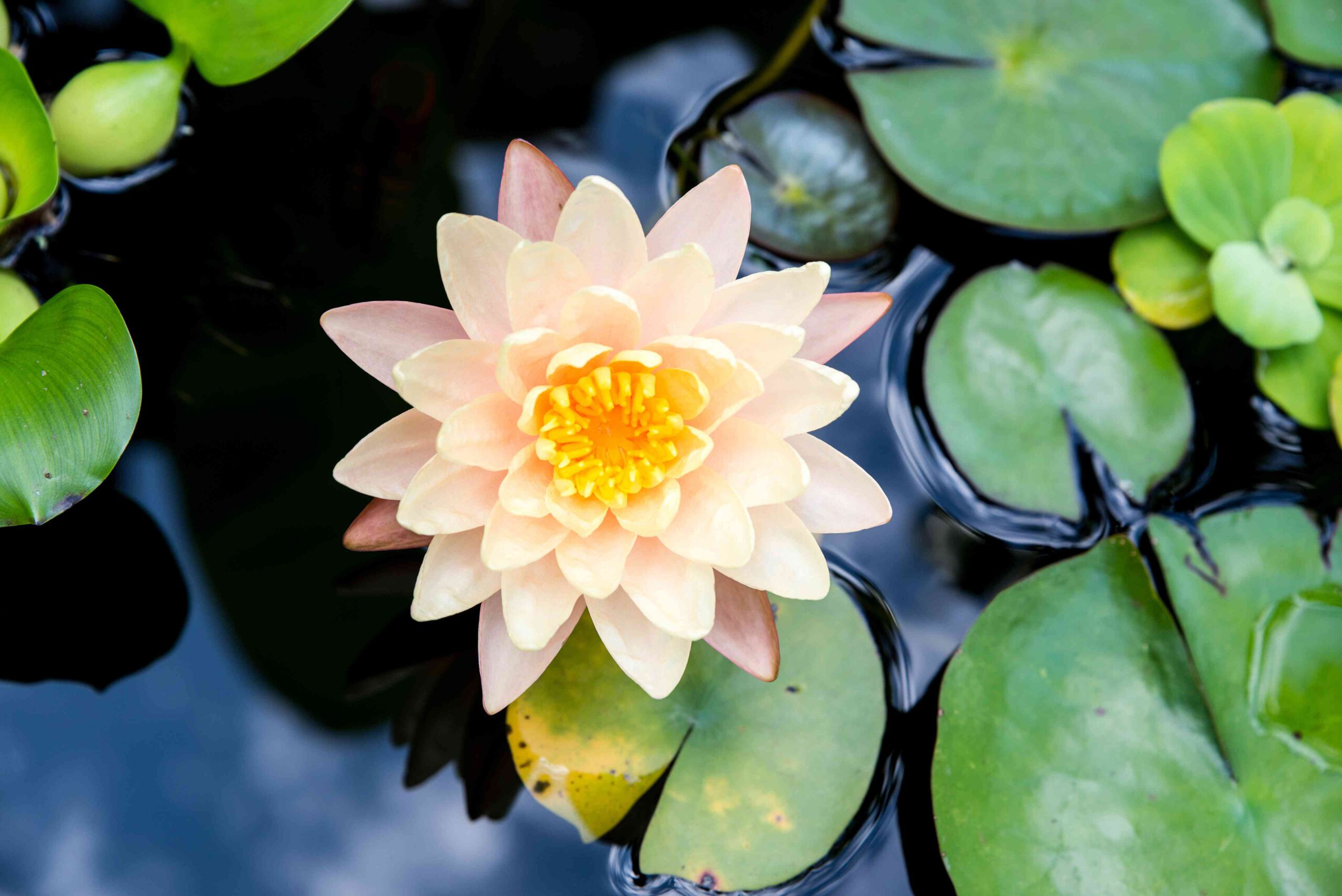As a homeowner, you should constantly look for ways to improve your home functions. Home renovation helps you conserve water and energy, improve user experience and help you save money in the long run. One thing that often gets overlooked is faucet aerators.
Faucet aerators reduce the pressure at which water comes out of a faucet by reducing the flow rate. This reduces the amount of water used per action and brings down your monthly water bill. The truth is that there are many reasons why installing an aerator can be beneficial to your home, regardless of whether you live alone or with family members. Keep reading.
What is a Faucet Aerator?
A faucet aerator is a round device installed on the ends of faucets that channel water into steady steam. But without a faucet aerator, your faucet will still deliver water, but the stream will splutter and splash. A faucet aerator helps to reduce splashing and spluttering because it uses a small channel to introduce water from the faucet into a larger channel, creating a steady stream.
The result is that your dishes and laundry will be cleaner, and you can also save water. In addition, an aerator is a small screen that breaks up the flow of water into multiple small streams, adding air in between. Today, a faucet aerator is very common in all kitchen and bathroom faucets.
By diluting the water stream with air, the aerator significantly reduces the volume of water flowing from your faucet. The aerator does this while maintaining the feeling of a high-pressure flow. Aerators also reduce splashing in sinks.
Choosing Faucet Aerators
Daniel O’Brian, a technical specialist with SupplyHouse.com, says that different faucet aerators are designed to enforce different flow rates. Here are what you should consider before installing a faucet aerator
Consider the Flow Rate When Installing an Aerator
You might be tempted to choose an aerator with the lowest flow rate to maximize savings. You should also remember that you’ll rely on certain gallons per minute GPM minimums on activities such as washing the dishes. However, O’Brian suggests choosing an aerator with a flow rate between 1 and 1.5 gallons per minute GPM is a good compromise between conservation and practicality.
To wrap it up, there’s no rule here, so your personal preference and use cases will dictate what GPM you should choose. For the most part, it’s considered to install an aerator with a flow rate of 1.5 gallons per minute GPM if you want to conserve water while maintaining functionality.
erators Come in Different Sizes
Apart from knowing how many GPMs you require, you should also know the size of the aerator you’ll need. Faucets come in different shapes and sizes, and aerators come in three different varieties. These varieties include standard, junior and Tom thumb.

Image credit: https://upgradedhome.com/
Other than the diameter, you also have to know if your faucet has a male or female spout. You’ll be able to identify this by locating the sprout’s threads, which are grooves found at the end of the spout. If the threads are outside, then it has a male spout and requires a female aerator. If the threads are inside, then it’s a female spout and requires a male aerator.
erators Provide Different Water Streams
You’ll also want to consider what kind of water stream you would like your aerator to provide. There are three different stream designs to choose from. These include the aerated stream, which is the most common in households.
In the aerated stream, the air is introduced to the water flow, causing the water to come out in even. There is also a laminar stream where the air isn’t mixed with water. The laminar stream also differs from the aerated stream by offering more gallons per minute GPM. The last one is spray stream, where faucets require very few GPMs.
Benefits of Faucet Aerators
Decreased Faucet Noise
Also, by installing a faucet aerator, you will end up having a decreased flow rate without actually needing to cut your water pressure. The water stream that comes out of the faucet is frizzy and mist-like. This makes it much quieter than the concentrated streams.
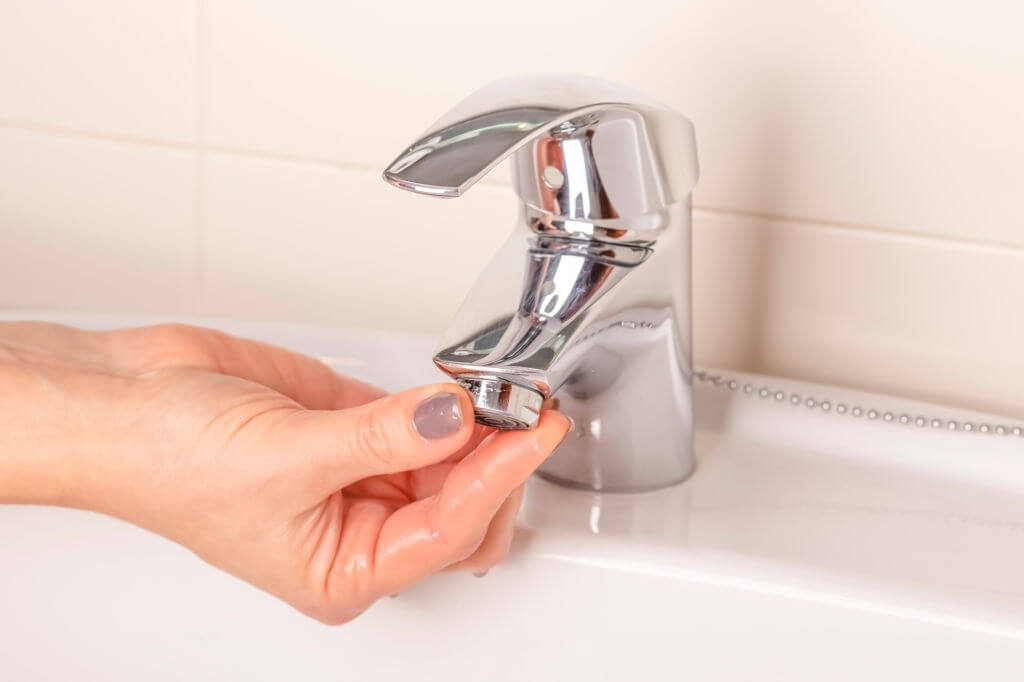
Image credit: https://kitcheneminence.com/
As mentioned above, water flow can be reduced by up to 35 percent. This is a great benefit as the faucet remains to deliver adequate water without causing any inconvenience or discomfort.
Lower Water Bills
As you save more water, your water bills will also get lowered. Though this might not be noticeable in the short term, it is great to note that the faucet aerator can help you lessen your water expenditure over time.
According to the Environmental Protection Agency, installing a faucet aerator is the single most effective water-saving plumbing change you can make. This is true because you’ll use less water when you use an aerator to accomplish the same task.
More Consistent Water Pressure
A mesh screen allows the water pressure to be more consistent. It also slows the flow of water, making it possible for you to use less water and still achieve the same task. Instead of experiencing pressure changes right away as they happen, the steam will stay steady due to water caught behind the aerator.
Reduced Overall Water Use
Reducing the flow rate of water may cause some people to feel like they need to use more water to get the job done. However, experts say that using an aerator will not cause you to increase your overall water usage.
They claim that it is possible for you to reduce your total amount of daily and total monthly water usage. Apart from reducing water consumption at home, installing an aerator means less water usage, thus, reducing your home’s impact on the local and global environment.
Increased Filtration
With a faucet aerator, drinking water is filtered as it comes out of the tap. By using a filter, you can ensure that water used for drinking is free from toxic chemicals and metals. This reduces the overall amount of money spent on bottled water which would have been required if no aerator was installed.
The small screens increase the particle filtration for an individual faucet. A high-quality aerator works with a filtration system to keep your water clean and clearer. Ensure that if you have dirt and debris problems, you deal with them by regularly cleaning your aerator to prevent buildup.
FAQs on Faucet Aerators
How do faucet aerators work?
Faucet aerators work by getting air mixed into the flow, reducing the amount of water passing through the tap.
Final Thought on Faucet Aerators
That’s all about faucet aerators! Make sure you clean your faucet regularly to keep it as clean as possible. Do not forget to use a filter if you need it to keep your water pure and clear.
The post What are Faucet Aerators and Why You Should Install Them appeared first on Kitchen Infinity.


